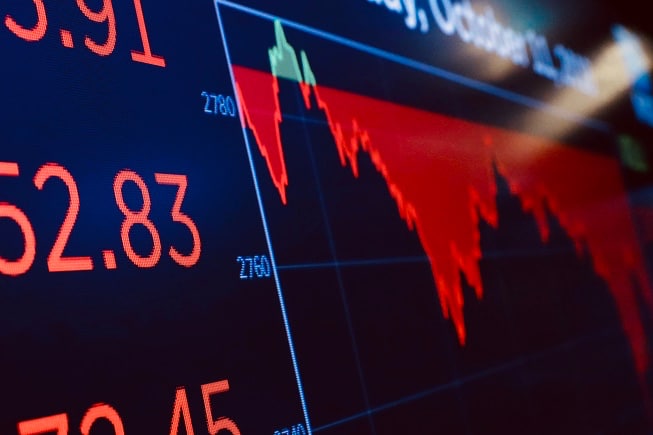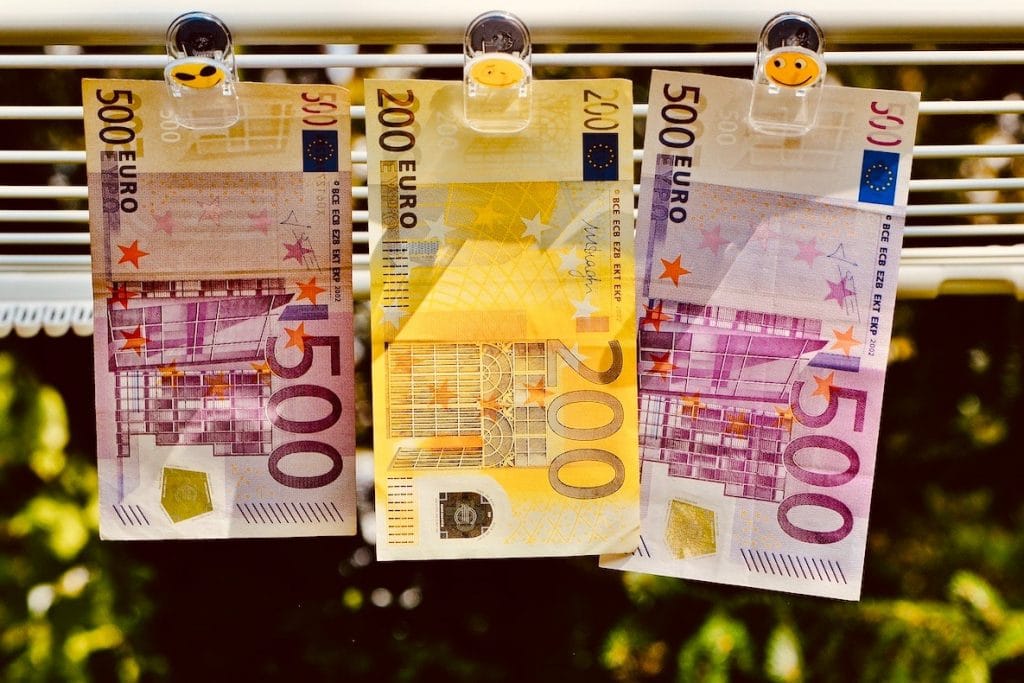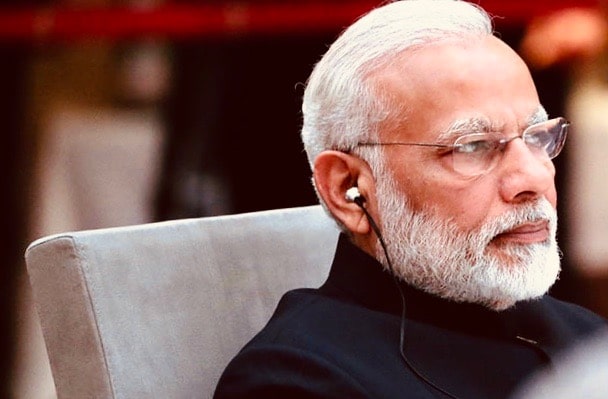Over leveraged and outright investment scams become prevalent in the late stages of a bull market when greed takes over, where it seems like everyone is making money hands over fist with little effort and not much intelligence
Over leveraged and outright investment scams become prevalent in the late stages of a bull market when greed takes over, where it seems like everyone is making money hands over fist with little effort and not much intelligence
Over leveraged and outright investment scams become prevalent in the late stages of a bull market when greed takes over, where it seems like everyone is making money hands over fist with little effort and not much intelligence
All investments should come with a warning label: ‘caveat emptor, buyer beware. Do not expect your banker or the person at the dinner table recommending an investment to you to do the due diligence that you should be doing.
The most common scam originated from Charles Ponzi in 1919, who took advantage of a potential arbitrage in international reply coupons. The sender would pre-purchase a postage coupon, and the receiver would exchange the coupon for the international postage stamp for the reply's cost. Since the coupon cost was based on the sender’s country, if the receiver’s country postage was more expensive, in theory, there was a risk-free arbitrage.
Ponzi promised investors a doubling of their money in 90 days, and investors continued to provide an increased flow of money into this safe, risk-free investment. The allure of easy money, and more importantly, the proof of early investors’ returns caused people to mortgage their homes and invest their life savings into this scheme.
None of the money was actually invested; instead, it was used to pay off the earlier investors. At its peak, Ponzi’s scheme would have bought more postal coupons than were in existence every single month! The scheme lasted for about a year until it was investigated and revealed to be a fraud. Charles’ surname was forever to be associated with this type of fraud.
In almost three decades of assessing investments, many such investments have crossed my desk. Contrary to what some may tell you, they are actually relatively easy to spot, and investors need to know how to protect themselves.
By far, the most infamous Ponzi scheme was Bernard Madoff’s fund, which was exposed during the 2008 financial crisis. Madoff ran a fund that achieved every investor’s dream – 11% annualized returns, about the same as the broad US stock market, with near-zero volatility. He averaged around one down month per year, always a small one of around -0.5%. As former chairman of the Nasdaq exchange, he was seen as beyond reproach, and many investors entrusted their life savings to him without doing any due diligence. Worse still, the fraud went on for almost two decades; early investors who stayed in and thought they became rich began to live a luxurious lifestyle. Unfortunately, they ended up seeing it all disappear in a single month, and worse still at the worst point in their life when they were well into retirement with little chance of finding a job.
While Ponzi schemes are often easy to spot because they promise very high rates of return, Madoff cleverly promised just the long-term stock market return, albeit with very smooth returns. A cursory examination of the strategy would have shown that it was not possible to execute in the size that Madoff was claiming since the trades would go through the options exchange, and it was easy to track the daily volume. But you cannot solely rely on large financial institutions to do these checks for you – many banks got conned as well, funneling client money into the Madoff funds.
Investing in schemes like these will set back your financial goals by many years, and sometimes forever. Permanent loss of capital must be avoided at all costs all the time with no exceptions. But not all investments that blow up are frauds; some are just simply over-leveraged investments.
Last month’s Archegos debacle is the latest example of this. The end of every bull market is when making money seems the easiest, but in reality, it should be the time to exercise maximum caution. What is interesting in the Archegos case is that this blow-up of over USD10 billion occurred while the stock market was still at all-time highs. The margin call occurred in a small number of stocks, concentrated positions held by Archegos, and did not impact the overall market. Extremely concentrated bets with leverage always end up this way unless the investor gets lucky. There is never a question of skill because as every veteran investor knows, if you do this long enough, you are guaranteed to eventually find yourself in a situation where your largest holding ends up limit down. The only way to avoid blowing up when this happens is to avoid leveraged concentrated positions. Leverage increases your returns geometrically but your volatility exponentially. The higher the leverage, the more quickly the probability of a margin call escalates to close to 100%. If you’re expecting an unlevered-long term equity return of 10% annually, would you leverage to target 15% p.a. if that comes with a 20% chance of total and permanent loss?
Archegos’ owner, Bill Hwang was a 57-year old veteran investor, and really should have known better.
Unfortunately, lately, there have been multiple cases of both investment frauds, as well as over-leveraged blow-ups, in some cases where investors put their life savings in and lost everything. Below are the minimum steps to take to avoid falling into these traps in the first place:
- Ask for auditor statements and who calculates the value of the investments. Ponzi schemes have no auditors and calculate their own valuations internally. Madoff’s accountant and the auditor did the books of the fund and covered up the Ponzi scheme. It was a tiny firm with just one accountant, a red flag given that Madoff’s operation was a multi-billion dollar fund utilising a complex investment strategy. A big accounting firm is always preferable as an auditor, though this by itself is not always sufficient, and further due diligence is always advised.
- Beware of promises of extremely high returns or very low volatility. The first is often a fraud, while the second can be fraud or simply monthly valuations that do not properly reflect the real underlying risk. Increase your scrutiny exponentially as the promised returns go up.
- Avoid anything with consistently high degrees of leverage. During the initial COVID19 sell-off a year ago, we could not get bankers on the phone as they were non-stop calling margin and force selling investments into the downturn. If the manager uses leverage, ask them what steps they take to avoid margin calls.
- Ask the fund manager in what circumstances their strategy loses money. Successful long-term managers are ones with a deep respect for the risks of the market and craft their investment strategy around this.
- Some recent frauds were billed as ‘100% risk-free’. There is no such thing in the world. Even getting out of bed in the morning is not 100% risk-free.
- Never put all your life savings into a single investment. The stories of people losing their life savings to frauds are heartbreaking, and they can be easily avoided. Resist the allure of greed and quick, easy money.
- Finally, do not succumb to greed and envy. When people are bragging about how much money they are making, and your next-door neighbor becomes a millionaire, having done no work at all, simply because he bought bitcoin seven years ago and then forgot about it, is exactly when caution should be exercised. A bubble has three phases: the early adopters, the promoters, and everyone else. The early adopters get rich as long as they recognise the bubble for what it is. The vast majority come in at the end and lose their investment.
The above is just an initial set of guidelines. The most important thing is to be skeptical of claims of large and easy returns. Sustainable long-term wealth is neither quick nor easy. Avoid investments that blow up, and the battle to achieve your financial goals will already be more than half-won.
By LEONARDO DRAGO
Co-founder of AL Wealth Partners, an independent Singapore-based company providing investment and fund management services to endowments and family offices, and wealth-advisory services to accredited individual investors.




